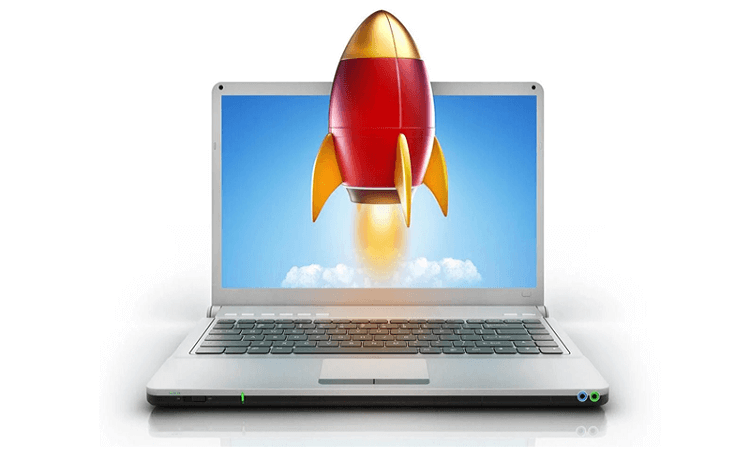A computer is one of the most versatile machines ever created by man. They have become an integral part of almost all of our endeavors. If you want to do some scientific research or play a shooting game, all you need to do is to switch on the computer, and everything is there for you. But even after being so advanced and having so many futuristic applications, computers are far from being perfect. Till they aren’t perfect, you can be sure that they will be experiencing issues, and you will have to fight off not only those problems but also the irritation of not being able to work due to those issues. How to Boost the Performance of the Operating System.
How to Boost the Performance of the Operating System
So in this article, I am going to discuss with you some simple tips and tricks on how you can boost the performance of the operating system and improve your computer speed. Some of these steps may seem too complicated for people who haven’t worked with computers much, but they are not.
How to improve Computer’s Speed?
Get OS updates
Updates in the Windows operating system are significant. Timely updates and patches are released to fix issues and bugs that get known over time through user reporting or thorough testing. A lot of them are security patches and other feature updates that need to be embedded in the existing framework. So how does one check for updates in Windows? It’s quite simple actually,
- Type “check for updates”, you will be given some options and
- Click on “Check for Updates”. A new window will open.
- Here you can check if any updates are available.
- You can also change update settings like pausing automatic updates, change active hours, view update history, and some other advanced options.
Keep Drivers Updated
Drivers are the small programs that help the operating system understand what all devices are attached to the computer. They also help in the smooth functioning of those devices and other important functions.
These devices can be an audio card, internet card, USB ports, graphics cards, other ports, displays, etc. The manufacturer itself usually provides the drivers for all these devices, and the user needs to install them and start using the device. Users had to install a lot of drivers, and due to lack of knowledge and awareness about this whole process, customers usually ran into trouble.
So Microsoft started embedding a lot of drivers in the Windows operating system itself. But as soon as this problem got resolved, a whole new set of issues started. Updates! Latest versions, upgrades in hardware, patches, bug fixes, and whatnot. So now, if users have old or incompatible drivers, then they can face a lagging computer, slow performance, crashes, and even BSOD errors. So to improve the computer’s performance, you need to keep these drivers updated.
Defragment the disks
Whenever users store data on the storage disk, it gets stored compactly in tracks and sectors to save space. At times this data gets fragmented and takes more space than normal. This makes reading the disk on your storage system slow and difficult to read by the computer. This is when we can say that your disk has been fragmented. A utility tool has been embedded in the Windows itself by the manufacturers, known as Disk Defragmenter.
- Go to This PC and right-click on the disk you want to defragment.
- Select properties from the popped list and then click on Tools.
- Search for Optimize and Defragment Drive and click on it.
- Click on Analyze, and the computer will calculate how much percentage of the disk has been defragmented.
- Click on optimize, and the process of disk defragmentation will start.
- Wait for a few minutes, as this process can take a while.
- Usually, weekly disk defragmentation is suggested to keep the system running is an optimum state.
- No data is deleted during this progress, only the bits and fragments are brought together.
Uninstall old and unnecessary apps
You uninstall the unnecessary app and get rid of the data rather than letting them stay in your storage. They not only eat up storage space on the computer but can also pose threats to the performance of the system. You can simply click on the start button and search for Add or Remove programs, click on it.
Change battery settings
The battery is being saved on the cost of performance. Fewer resources are being consumed, and the battery is letting hence less power on. If you are editing a video, photo or planning to play a game, any activity that requires your system to be in an optimal state, then I would suggest you plug in the charger, it will put your system from DC to AC power and on performance mode rather than battery savings mode.
Conclusion | How to Boost the Performance of the Operating System
So these were some of the tips and tricks on how you can improve your computer’s speed and operating system that I wanted to share with you. Do remember always to maintain some GBs of space in your hard drive. If it gets full, then you may face a lot of performance problems.
